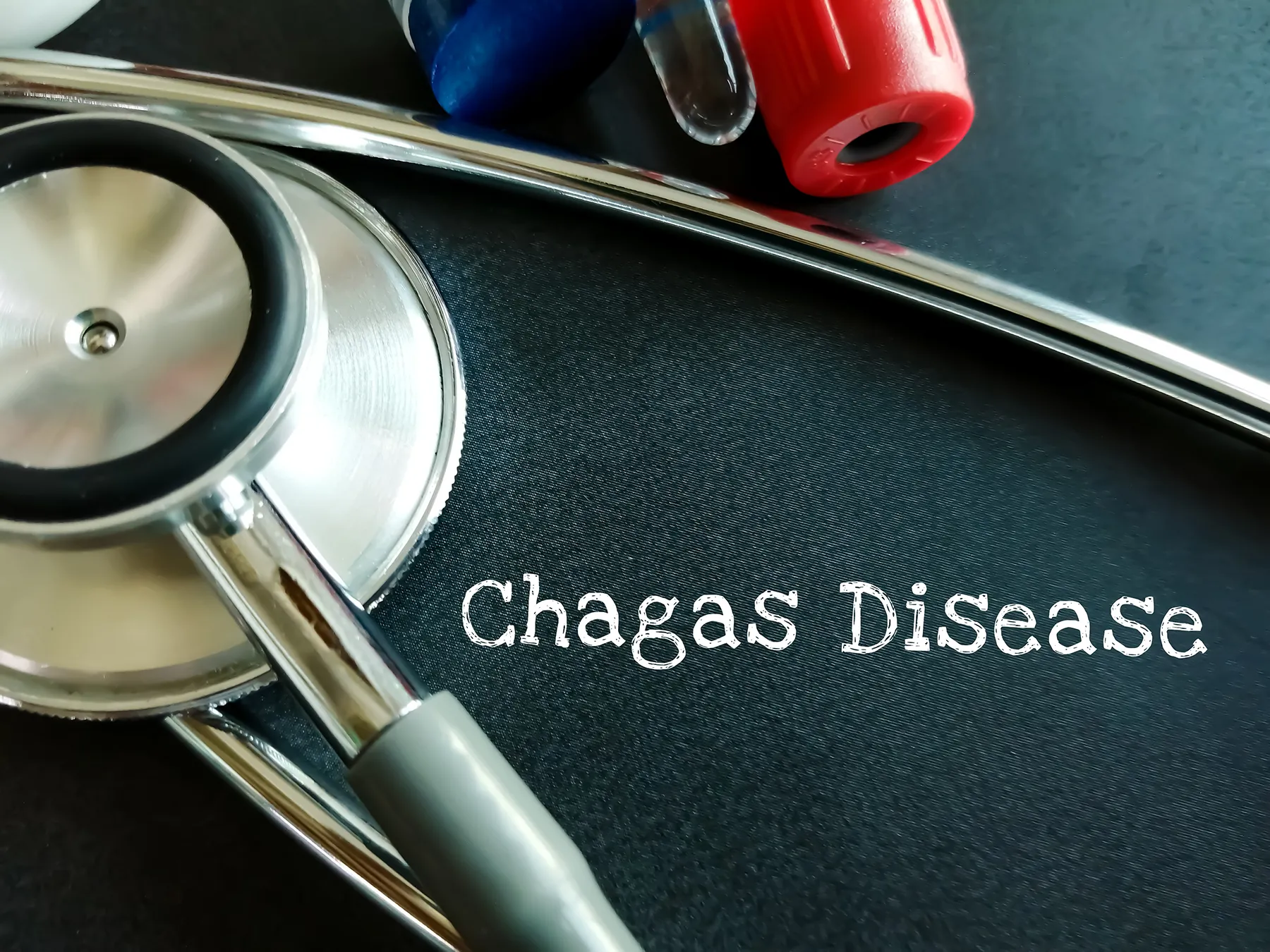Blood-Sucking Bug Spreads Chagas Disease and Heart Risks

When it comes to blood-sucking insects, the mosquito may be the most known. But the triatomine bug — known as the “kissing bug” — has been finding its way into more and more American homes. The problem? The bug carries a potentially fatal disease known as American Trypanosomiasis, or Chagas Disease.
“Triatomine bugs are naturally found in the rural regions of Latin America,” explains Dr. Paola N. Lichtenberger, a specialist in Internal Medicine and Infectious Disease at the University of Miami Health System.
“Due to increased immigration to the United States from South American countries, there has been an increase in American cases.”
The Centers for Disease Control (CDC) estimate that over the past 50 years, the number of South American immigrants in the US has grown from one to seven percent of the American population.
“It’s not that the bugs are traveling,” Dr. Lichtenberger explains. “They can’t fly. It’s that the children of immigrants, younger immigrants, and even pets, may already be infected when they come to America. Chagas disease then can become active decades after they entered the United States.”
What is Chagas Disease?
Dr. Lichtenberger, who is a native of Colombia, shares that Chagas disease is caused when the bugs transmit the parasite Trypanosoma cruzi, also known as T. cruzi, to their unknowing victims.
The insects live and thrive within the small holes and cracks of homes made of mud, adobe, palm thatch, and straw. They venture out at night in search of a meal (e.g. the blood of animals and humans). They bite their prey, take some blood, and leave behind fecal matter, in which the parasite is deposited.
If the parasite makes its way into the body, the person or animal can become infected.
Infected female humans or animals can possibly spread the parasitic disease to their unborn offspring. Uncooked contaminated food also can be a culprit, as can organ transplants or blood transfusions.
How large is the problem?
The CDC numbers say that eight million people in Mexico, Central America, and South America have Chagas disease currently. Here in the United States, approximately 100,000 people are thought to be infected, largely in states like states like Texas, Florida and New York. The challenge? Most do not even know it.
“Just one percent of those infected experience the most severe symptoms,” Dr. Lichtenberger adds. “Chagas Disease can cause an enlarged heart, heart failure, and even sudden cardiac arrest and/or sudden cardiac death. It may severely affect the circulatory or digestive systems. It is currently the most common cause of cardiomyopathy (diseases of the heart muscle) in young Latin American patients.”
Researchers now believe there are different strains of the disease, adds Dr. Lichtenberger.
“We think that some cause mild symptoms, and the minority of strains cause these severe complications. Research is exploring the variations.”
What are the symptoms of Chagas Disease?
While Chagas Disease is still rare in America and is not spread by casual person to person contact, it is important to know its symptoms. These include fever, body aches, fatigue, rash, headaches or swelling of the eyelids. Intestinal complications can consist of an enlarged esophagus or colon leading to digestion and stool passing problems.
If such symptoms occur, they may only last a few weeks or months, but should not be ignored. Many individuals also are asymptomatic (experiencing no symptoms) for life.
“Most people will not experience a severe case,” she says. “But a more dangerous threat could be lurking for 20- to 30-percent of all who are infected. “If untreated during the acute phase, the disease can spread in the human body to the heart or intestines, and infection can be lifelong.”
Are treatments available?
Dr. Lichtenberger says that medications for the disease are available from the CDC, and are provided free-of-charge to eligible patients. With early diagnosis and immediate treatment, Chagas Disease can often be cured.
The following people should see a doctor, she says:
- If you were born, raised or lived in endemic areas of Chagas disease (e.g. South America, Central America or Mexico) and have been diagnosed with heart disease of an unclear origin;
- If you visited or lived in those countries and are a recipient of a transplant from a patient from a Chagas endemic area;
- If you have had contact with the triatomine bug, a member of the reduviid bug family.
Written by a staff member of UMiami Health News.
Tags: CDC, Chagas Disease, heart health, infectious disease, sudden cardiac death
